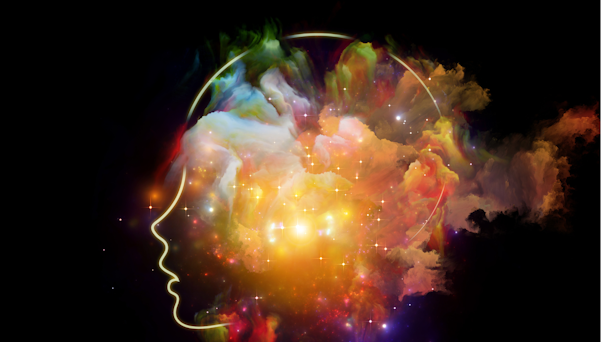The 4A’s Kaplowitz on reassessing the future of creativity
Cannes Lions is back, and with it a widespread eagerness among many brands to innovate and evolve. Here’s how to harness the wave of creativity.

Welcome to the ‘great creativity reassessment’ / Adobe Stock
Headlines tell us we’re all in a ‘great reevaluation’ – but I have a new descriptor for this period in our industry: ‘the great creativity reassessment.’ As the Cannes Lions Festival of Creativity is kicking off in-person again after a two-year hiatus, I continue to reflect how much has changed since 2020, and more importantly, where we’re headed next and what that means for our industry.
Cannes Lions is the hub to celebrate creativity and serves as a central place to appreciate new disruptions in the space. As we look ahead, let’s not forget to connect the work back to business results and address some of the real issues we’re currently facing, including talent challenges, underrepresentation and barriers to creating sustainable work.
This industry can create and execute the most compelling ads, campaigns and experiences, but if we do not continue to push for creativity to intersect with business results, this will affect the credibility and core business function of agencies. We are living in a time where change is constant and we frequently question the meaning and value of being creative. However, it’s not creativity per se that needs adjusting – rather, we should focus on adjusting the lens through which we view it.
Just a decade ago we experienced a seismic shift with the digital disruption of the industry. Like all industries, many agencies adapted and morphed, while some remained stagnant and eventually became irrelevant. We’re at another important moment in time as agencies reassess what it means to be a creative partner for brands and help lead them through the next wave of trends. That’s the exciting thing about the advertising and marketing industry: it’s always evolving, iterating and changing. And the best agency people know how to pivot quickly, reinvent, evolve, reinvigorate and identify the necessary capabilities to continue leading the thinking. The experiences of the past two years – social, epidemiological, political and economic disruptions that resulted in major behavioral changes from consumers, which in turn impacted how agencies supported brands – is our roadmap for the future.
My caution to agencies is: don’t lose sight of the value of creativity (in all forms) as the vehicle for solving challenging business problems. Agencies need to take a closer look at how their creativity supports business transformation through talent, automation and sustainability.
Regardless of the industry, the biggest issue to surface over these last two years is perhaps the need to address mental health and wellness as companies evaluate how to incorporate more responsible practices into their values and culture moving forward. The pandemic blurred the lines on when and where work starts and stops, while it also triggered the need to reassess the meaning of work. Agencies need to stay connected to their people to continually reassess their value proposition and prioritize a healthy workplace culture. Employees want to know that leadership actively supports and listens to them.
Employees today are also asking for more action and activism as they want to make a difference in the world, and they want their employers to align with the same values. The leaders who embraced the lessons of the last two years are the ones who are doing not what they think is best, but what their employees are telling them is best. Those are the companies that attract and retain the best talent. After all, it starts with people.
As agencies take a closer look at their talent practices and what that means for success and growth, automation plays an increasingly pivotal role. New and disruptive automation tactics can address talent gaps, increase accuracy and decrease the number of hours needed on projects. It enables ways for employees to have more space to be creative in all facets of their work. An hour saved through an automated process is time that an employee can now spend on more strategic projects. With automation streamlining processes and reducing waste of time and materials, this has the potential to lead to a ripple effect of positive behavior changes and advocacy for more sustainable practices within an organization.
Employees’ desire to work for more socially responsible companies and consumers’ desire to see more sustainable options prompted many brands to be seen as ‘good.’ However, now the environmental sustainability movement has shifted everyone to think about what is ‘meaningful’ for the future of the planet and work. That’s why sustainability practices are continuing to launch and expand. As an industry, we are responsible for addressing these trends and expectations to build a more sustainable future to create a positive experience for consumers, brands and the wider world.
This will not be the last ‘great creativity reassessment.’ This time next year we’ll all likely be discussing another wave of trends. The best thing we can do right now is to not forget the power of creativity, while also working to transform our brands.
Marla Kaplowitz is the president and chief executive of the 4A’s.
